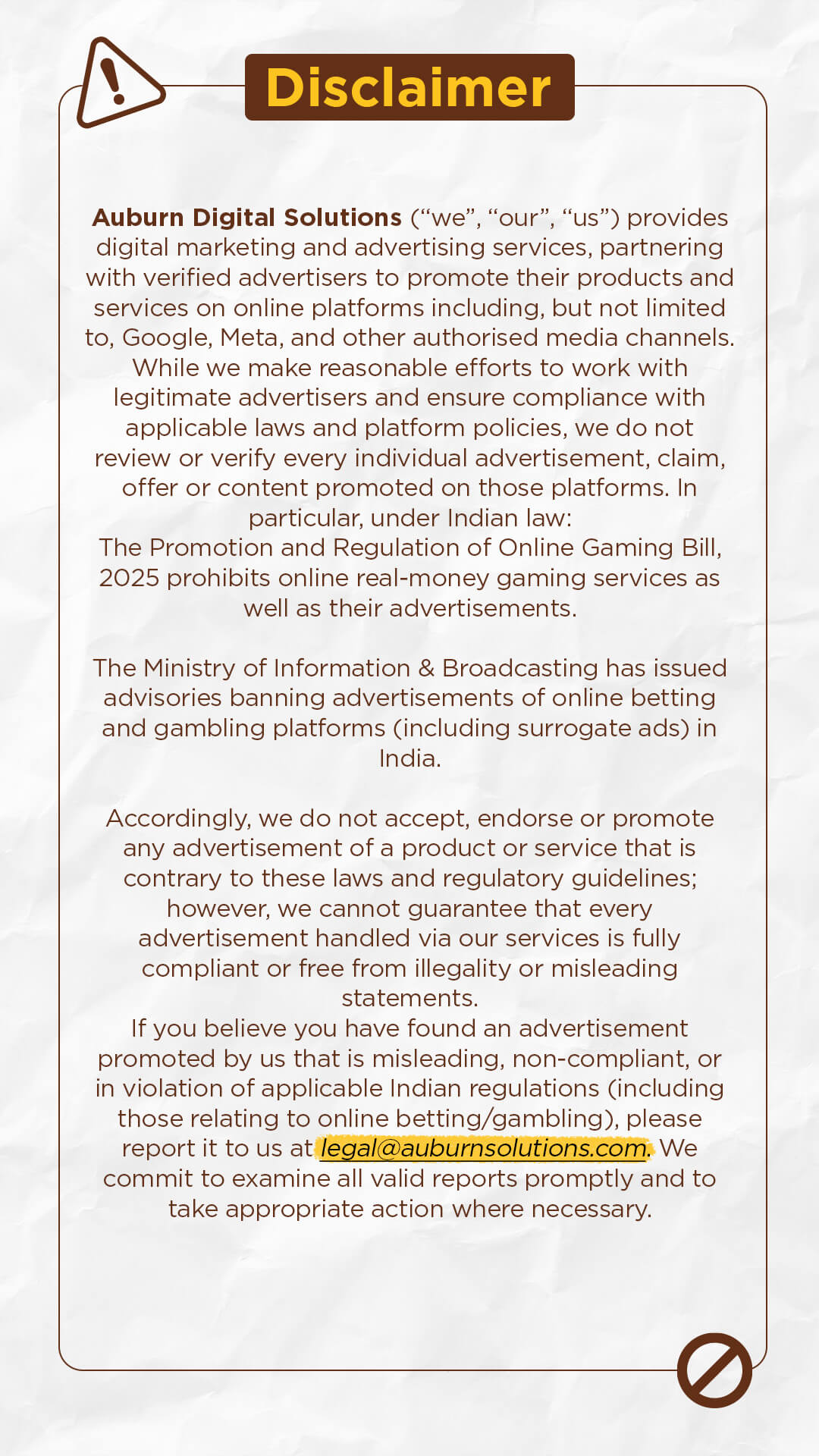Signs that sense a connection with consumers
Team Auburn
August 26,2022

Social media is the most effective bridge between the customer and the brand. Visual communication holds a position of importance with visual semiotics of advertising which is represented by symbols and imagery. These communicate universally through signs, typography, insightful designs and colours, and messages, among other aspects of a brand that garner dependability and curiosity from onlookers.
What is the grammar of semiotics?
Taking signs and symbols of daily life and incorporating those with the brand colours, and meaningful content, semiotics subtly conveys marketing messages to reach out to their customers. Through a series of concepts that include signifier, representing a symbolic persona; signified standing for brand value and equity, that personifies the brand in the cultural and social context, is showcased. Signs that form a relationship between the signifier and the signified. Connotations exemplify certain ideas and codes as a confluence of semiotics, values and social structures that culturally connect with stereotypes.
How can market research become simpler?
Semiotics, help brands understand their customers and connect better. Market researchers count heavily on semiotics, customer decisions tapping their choices both consciously and subconsciously. Semiotics study everything from the brand colours to the logo, and typography that people begin to recognise as they see them appearing every day. The use of semiotics helps to acquire qualitative data solving problems for researchers and adding depth to consumer choices through an analysis of the findings. For example, recognizing a Zandu logo as symbolical of wellness and health or Amazon as akin to merchandise, the most comprehensive way to explain semiotics, is its appearance as emojis on WhatsApp for personal communications.
Takeaway
Semiotic analysis for advertisers takes them closest to airing their brand’s success and acts as pre-research for preparing the creative strategy for an upcoming brand. Sensing the cultural context, the analysis can help invent dynamic and innovative positioning with ads that would open the gates of communication with the desired audience much wider.
Semiotic construe with validation the meaning appended to a brand without too much information. With social media being a transient platform, the relevance of semiotics contributes to significant articulation by economising both energy and means. You can observe trends representing ad positioning from the first to the third stage. In the first stage, ads summon sensory elements relating the product to its customers while in the third stage, the representation matures with an emphasis on imagery and words. Being mindful of transition, brands should refer strongly to semiotic formats in creative representation to easily connect with their audience.




